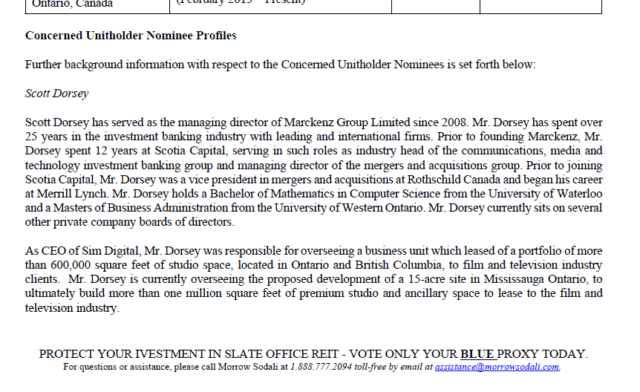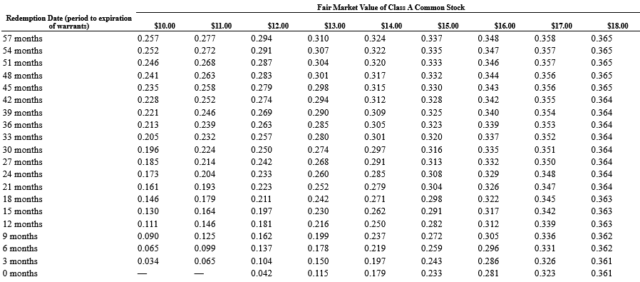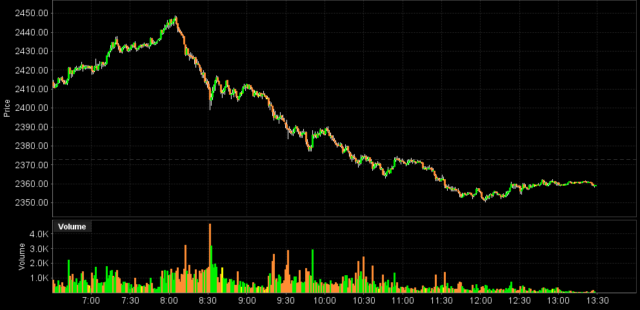I rarely write about Uncle Warren, but when he makes moves, he picks them really well. Burlington Northern at $100/share was a stroke of very well-timed genius, and even more for him, I am still amazed by his Apple trade he made between 2017-2018, which was a slow and steady accumulation of a huge stake. Don’t get me wrong, he’s had his fair share of disasters (Airlines pre-Covid, for example), but for the most part his investment successes have massively overshadowed his failures.
Warren Buffett’s final cost base on his Apple shares as reported on December 31, 2018 was $35.30/share (he paid $36.044 billion for 1.021 billion shares, split-adjusted). He sold a hundred million shares by the end of 2020, ending with 907,559,761 shares of Apple at an average of $34.26/share. Prior to today’s announced divestment of 13% of his stake, those shares at $180/share amounted to $163 billion. The unrealized gain that he was sitting was $130 billion. So his 13% liquidation nets him about $21 billion and he can offset the capital losses on his Paramount trade which fizzled.
He still has a stack of $142 billion in Apple stock which, needless to say, is still a lot of capital tied up in a single company. There are competing interests that Buffett is facing – one is that the concentration risk of Apple in the overall Berkshire portfolio is massive. Two is that he does not want to give up on the tax deferral value of the unrealized gain (which is likely why his choice to recapture the losses from Paramount was to diversify out of Apple first before anything else). Three is that Berkshire is facing a lack of reinvestment choices – apparently their cash stack is now up to $188 billion and just the interest alone on this, if invested in 5% short-term government bonds, would be around $9.4 billion dollars annually.
Apple reported a diluted EPS of $3.71/share for the past six months (October 1, 2023 to March 30, 2024). This puts Apple at around a P/E of 25 and I bet you Buffett is looking at the announced additional $110 billion share purchase authorization (making it a total of about $140 billion at the end of March 30, 2024) and will be dumping into it further over time.
While the Apple franchise will continue to make a lot of money, the stock is another matter – I personally think it is about 40% over-valued. The company seems to be very happy to buy back their overpriced shares – they bought back 130 million shares in the past three months at $180 a piece, and this is likely to continue for future quarters – this demand pressure on the stock will keep its value artificially inflated until economic and technological headwinds take it down further.




